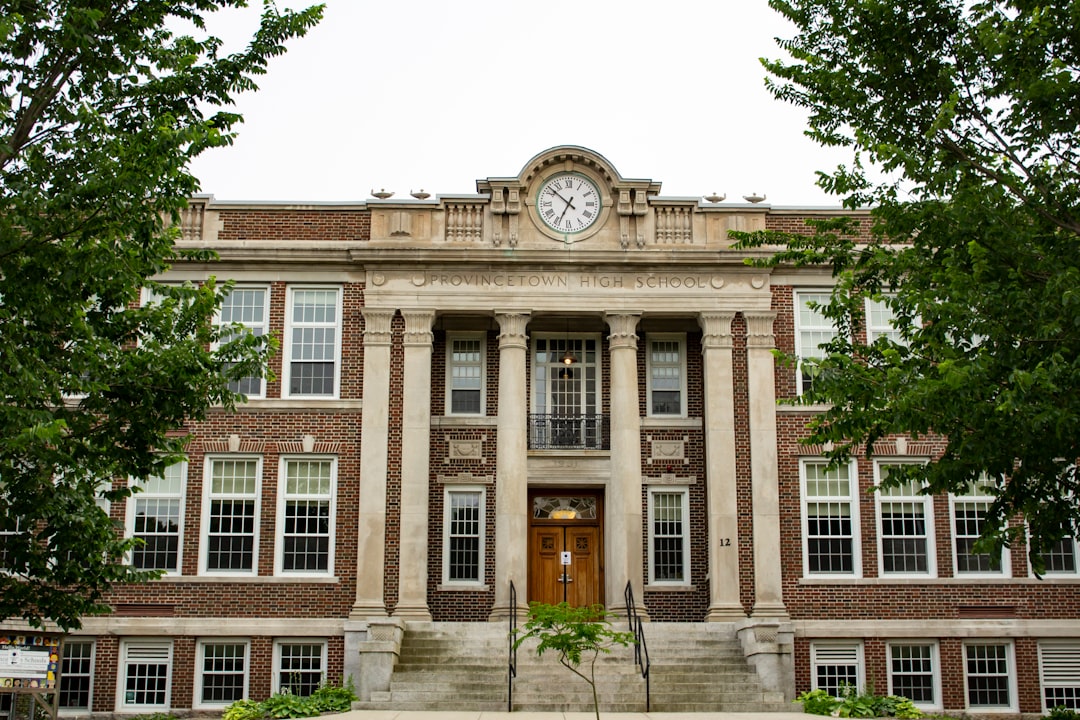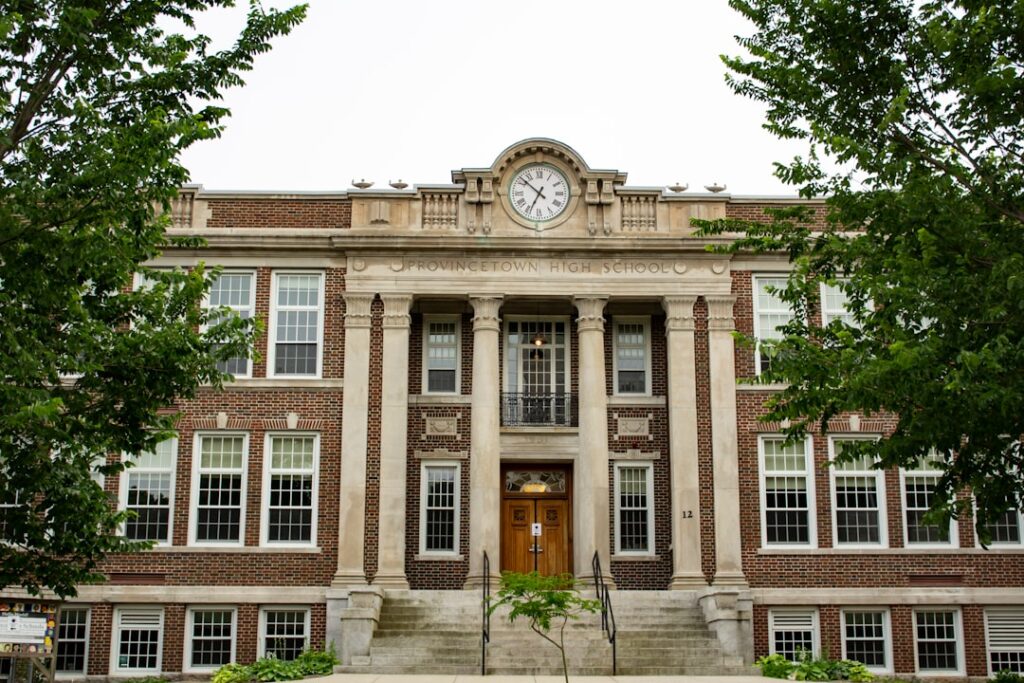Physical Address
304 North Cardinal St.
Dorchester Center, MA 02124
Physical Address
304 North Cardinal St.
Dorchester Center, MA 02124
With Michael Walker
With Michael Walker

A message to Believers

I. WHO DICTATED THE BIBLE’S CANON?
Let’s begin where the entire conversation must begin — with the sacred text itself. How did we get the Bible? Who decided which books were holy enough, inspired enough, God-breathed enough to be called Scripture?
We call the Bible the Word of God — and it absolutely is in its source, inspiration, and power. But the method by which it was compiled, organized, and canonized? That part was very human. That part was full of meetings, votes, edits, politics, theology, and disputes. In other words, man got involved.
The Hebrew Bible, known as the Tanakh, was compiled by Jewish scholars and religious leaders over many centuries. By around 90 AD, a group of Jewish rabbis at Jamnia may have confirmed what books belonged in the Tanakh — not necessarily creating a canon from scratch, but affirming what had already been treated as sacred. Still, this decision was made by men.
Then, the New Testament. Written between roughly 50 and 100 AD, the letters and Gospels of the apostles circulated among the churches. Some were quickly accepted — such as Paul’s letters or the four Gospels. Others, like Hebrews, James, Revelation, and Jude, were heavily debated. Some were used in churches for centuries but later excluded from the final Protestant canon, like 1 Enoch or the Shepherd of Hermas.
Eventually, in the 4th century, church councils like those of Hippo (393 AD) and Carthage (397 AD) formally recognized the 27 books of the New Testament we have today. They didn’t invent the canon — but they certainly finalized it. It was a process — and a political one. And once again, it was men who did it.
It’s ironic, even heartbreaking, that fallible, biased men were allowed to define the visible boundaries of an infallible God. They determined which parts of God’s voice would be considered canon — and which parts would be left behind.
II. TRADITIONS OF MEN: A BRIEF CANON CHART
When we look across Christian history, we see not one Bible, but many versions of the Bible. Different traditions have different canons. Let’s examine them:
Hebrew/Jewish Canon — 24 books, also known as the Tanakh. These are the books that Jesus and His apostles would have grown up with. They are arranged into Torah (Law), Nevi’im (Prophets), and Ketuvim (Writings). This is the Old Testament of Judaism — no New Testament exists in this faith tradition, as they do not accept Jesus as Messiah.
Protestant Canon — 66 books: 39 Old Testament and 27 New Testament. Protestants rejected what they called the “Apocrypha,” which includes the Deuterocanonical books accepted by Catholics. Their Old Testament is based on the Hebrew Bible.
Catholic Canon — 73 books: 46 Old Testament and 27 New Testament. Includes the Deuterocanonical books like Tobit, Judith, Baruch, Sirach, Wisdom, and 1–2 Maccabees. These were based on the Septuagint, the Greek version of the Old Testament used by early Christians.
Eastern Orthodox Canon — Similar to Catholic canon but even larger. Includes additional books such as 3 Maccabees, 1 Esdras, Prayer of Manasseh, Psalm 151, and more. The canon can vary slightly between different Orthodox branches, but it is generally broader and based on a wider acceptance of traditional writings.
Ethiopian Orthodox Canon — Perhaps the most expansive Christian canon in existence. Includes books not found anywhere else, such as 1 Enoch, Jubilees, Meqabyan (not the same as Maccabees), and others. Their New Testament also contains additional works like the Shepherd of Hermas. Total book count: 81 or more.
Each of these traditions believes they are preserving the true Word of God. But if God gave us one truth, how can there be so many variations? Once again — we are left with the uncomfortable answer: man got involved.
III. CATHOLICISM: THE IVORY TOWER OF RELIGION
Now we shift from the canon to the institution. Catholicism presents itself as the original, universal Church — the one, holy, catholic, and apostolic Church. It claims direct lineage from the apostle Peter, whom they say was the first Pope. That claim alone is a towering statement of spiritual authority.
But as time progressed, Catholicism evolved from a persecuted faith into a political machine. By the time of Constantine in the 4th century, Christianity had become entangled with Roman power. The Bishop of Rome gained prominence. The papacy became a throne. And the faith became a fortress.
Confession was no longer something done openly among believers or privately to God — it now had to pass through a priest in a booth. Grace was no longer the undeserved favor of God — it was dispensed through sacraments managed by ordained clergy. God was no longer accessed through personal relationship — He was reached through layers of hierarchy, tradition, and ritual.
People now bow before a man. They kiss his hand. They call him the Holy Father. They elevate the Pope to a position that, functionally, sits between them and God.
But Jesus said: “Call no man on earth your father; for one is your Father, He who is in heaven.” (Matthew 23:9)
Jesus also said: “Come to Me, all who are weary and heavy-laden, and I will give you rest.” (Matthew 11:28)
He didn’t say go to a priest. He didn’t say earn grace. He said, come to Me.
Catholicism has become the Ivory Tower of religion — majestic, towering, gilded in gold and stained glass — but completely out of reach for the common person seeking a living God.
IV. THE GOSPEL OF MEN: WHERE DID JESUS GO?
When we peel back the layers of canon formation, church councils, religious rituals, papal decrees, and systematic theology — what do we find?
We find man.
Men chose the books. Men interpreted the doctrine. Men structured the hierarchy. Men created the titles. Men built the systems.
And somewhere along the way, Jesus — the carpenter, the foot-washer, the crucified King — got lost in the shuffle.
He didn’t come to build another temple. He came to tear down the old one. He didn’t install priests. He became the High Priest. He didn’t institute religion. He invited people to a table.
When man institutionalizes God, we no longer see the Father. We only see the bureaucracy that surrounds Him.
V. JESUS CAME TO END RELIGION — NOT REBRAND IT
The greatest lie in history may be that Jesus came to start a new religion. He didn’t.
He came to end one.
He came to fulfill the Law and the Prophets. To finish the temple system. To tear the veil. To eliminate the need for priests, sacrifices, buildings, and rituals.
“It is finished.” (John 19:30)
That was not just a statement of His suffering — it was a declaration of completion. The temple age was over. The priesthood was obsolete. The curtain was torn. God was now directly accessible.
But man built it all back.
They built temples. Cathedrals. Basilicas. Confessionals. Thrones. Altars. They reintroduced the very systems Jesus died to end.
Religion was supposed to be buried. Instead, it was resurrected by man — and renamed Christianity.
CONCLUSION: WHEN MAN TOUCHES HOLY THINGS
“When I look at everything you just explained to me, all I see is man.”
That statement is the key to understanding what has gone wrong. What began as a divine encounter has become a human institution. What began as Spirit has been hijacked by structure. What was intimate has been bureaucratized.
Man took the gift of God and turned it into a gated compound. Man took the breath of the Spirit and bottled it in ritual. Man took relationship and called it religion.
But Jesus is not in the booth. Not in the robe. Not on the throne of St. Peter. He is still where He has always been:
With the broken. With the outsider. With the one who doesn’t trust religion but desperately wants God.
“God is spirit, and those who worship Him must worship in spirit and in truth.” (John 4:24)
Not in rituals. Not in Rome. Not in religion. In Spirit. And in Truth.
Let the deep dive begin.